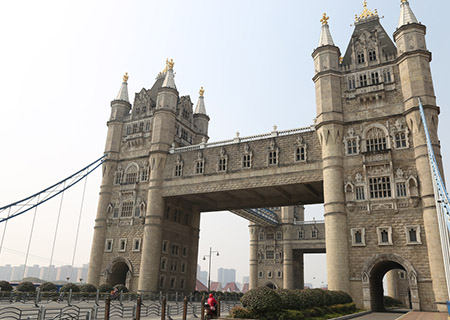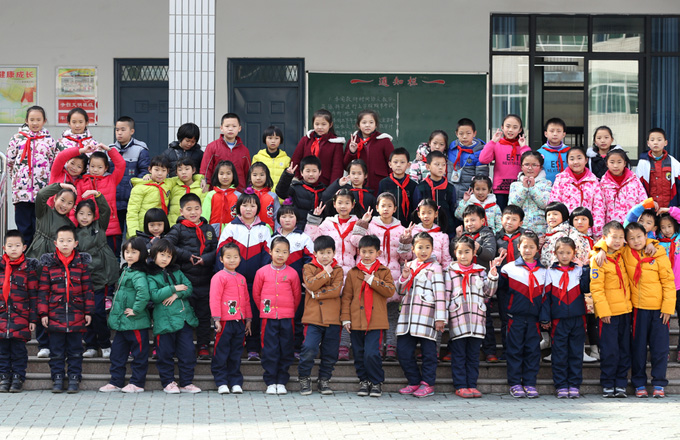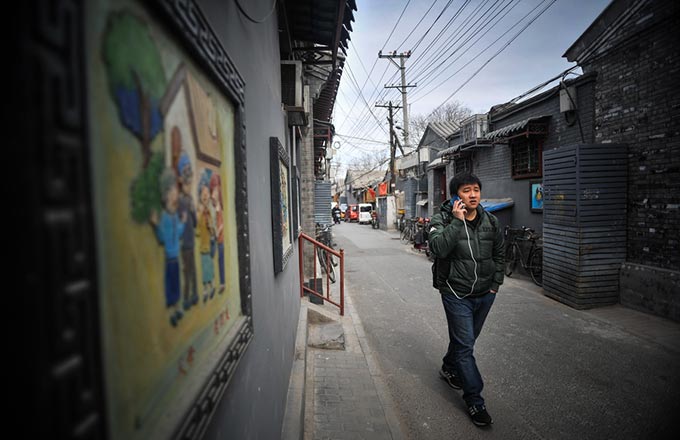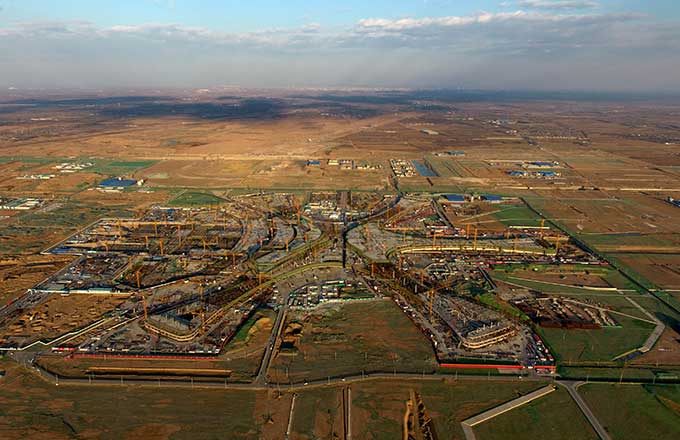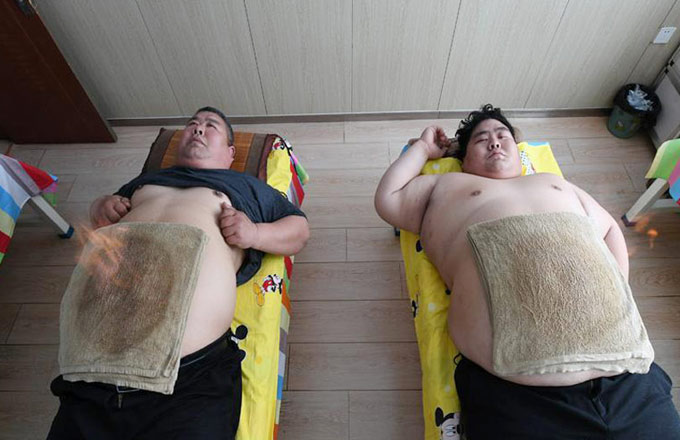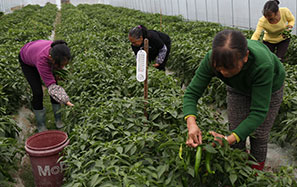China issues white paper on judicial reform of Chinese courts
VIII. Promoting Specialized Trial and Flat Management
Specialized trial and flat management are important means to optimize the allocation of judicial resources and improve the quality and efficiency of trials. The people's courts have been actively exploring the special judicial organs and judicial ways to hear and adjudicate specialized cases, establishing the judicial work mechanism suitable to the law of adjudication of cases and carrying out pilot reforms on the establishment of internal organs, in order to ensure judicial impartiality and improve judicial efficiency.
Carrying out the reform of three-in-one trial of civil, administrative and criminal IP cases. On July 5, 2016, the Supreme People's Court promulgated the opinions on promoting three-in-one trial of civil, administrative and criminal IP cases at the courts nationwide, requiring that except the IP courts in Beijing, Shanghai and Guangzhou, the IP adjudication departments of all the people's courts at all levels shall be renamed IP tribunals, which shall be responsible for the trial of all the civil, administrative and criminal IP cases. In order to give full play to the demonstration role of IP courts, with the approval by the Supreme People's Court, the IP tribunals of the intermediate people's courts in Nanjing, Suzhou, Wuhan and Chengdu have begun to exercise jurisdiction over certain trans-regional IP cases.
Improving the system of special jurisdiction over maritime cases. China is the country having the most and fullest judicial organs for maritime cases and handling the most maritime cases in the world. In order to further expand the space of blue economy and push forward the Belt and Road Initiatives, the Supreme People's Court has promulgated the relevant judicial interpretations, adjusted the system of jurisdiction over maritime lawsuits, reasonably expanded the scope of cases under the jurisdiction of the maritime courts, and promoted the establishment of the system of special jurisdiction over maritime cases that focuses on civil and commercial cases while also covers cases in other areas. In order to promote innovations in the theories and practices in maritime justice, train outstanding maritime judicial professionals and enhance Chinese-foreign judicial exchanges and cooperation, the Supreme People's Court established the International Maritime Judicial Study Center and the Qingdao Maritime Branch of the National Judges College in Qingdao, Shandong on December 16, 2015.
Promoting the establishment of the specialized judicial mechanism for environmental and resource cases. In June 2014, the Supreme People's Court established the Environmental and Resource Tribunal, and instructed the courts in all regions to enhance the establishment of judicial organs for environmental and resource cases. As of the end of 2016, the people's courts in all regions had established 558 tribunals, collegiate panels and circuit courts for environmental and resource cases in total. 15 higher people's courts in Guizhou, Fujian, Hainan and other regions have established environmental and resource tribunals and Jiangsu, Chongqing and other regions have established three-level judicial system for environmental and resource cases. In April 2016, the Supreme People's Court decided to designate the Environmental and Resource Tribunal to be responsible for the administrative cases of second instance and retrial of administrative cases against any environmental protection authorities and supervision and guidance in respect of such cases. The local courts also have been exploring the mode of specialized adjudication of environmental and resource cases, for example, the Jiangsu Higher People's Court designated 31 grass-roots courts to exercise jurisdiction over trans-regional environmental and resource cases in a centralized manner, and the Hainan Higher People's Court designated 8 courts to hear and adjudicate civil, administrative and criminal environmental and resource cases in a centralized manner.
Promoting the establishment of the specialized judicial mechanism for bankruptcy and liquidation cases. In order to effectively push forward the supply-side structural reform and improve the specialization of the adjudication of bankruptcy and liquidation cases, the Supreme People's Court issued a notice in June 2016, requiring each municipality directly under the Central Government shall designate at least one intermediate court to set up a bankruptcy and liquidation tribunal, and the intermediate courts in provincial capitals or sub-provincial cities shall each set up a bankruptcy and liquidation tribunal. Under the guidance of the Supreme People's Court, the intermediate courts in Beijing, Tianjin, Shenzhen, Shijiazhuang, Changchun, Hefei, Jinan, Zhengzhou, Chengdu, Shenyang, Taiyuan, Fuzhou and Xiamen and other cities have set up bankruptcy and liquidation tribunals.
Pushing forward the reform of internal organs of courts. In conjunction with the related departments of the Central Government, the Supreme People's Court has been actively pushing forward the pilot reform of internal organs of the people's courts below the provincial level and designated 205 pilot courts nationwide. On the principles of streamlining the administration to improve efficiency, serving the adjudication, setting up the organs level by level and advancing the reform in a coordinated manner, the pilot courts have integrated their internal organs and adjusted the functions of internal organs to realize flat management. The Xicheng District People's Court in Beijing has conducted the reform of comprehensive functional departments into "large departments" by consolidating 15 comprehensive functional departments into four large departments, including the departments of adjudicative affairs, official management, administrative support and Party and masses publicity. After the said reform, the staff members of the comprehensive functional departments only account for 10.9% of the regular employees of the Court, and the comprehensive functional departments have reduced staff by 22 persons and the meetings by 34%, thereby realizing the goals of reducing the numbers of comprehensive departments, integrating the functions, complementing advantages and efficient operation. The Qianhai Court in Shenzhen, the Hengqin Court in Zhuhai and other newly established courts have explored the new modes of the establishment of tribunals by letting the judicial teams exercise the judicial powers, and simplified the comprehensive functional departments, so as to improve the overall working efficiency and capacity.






